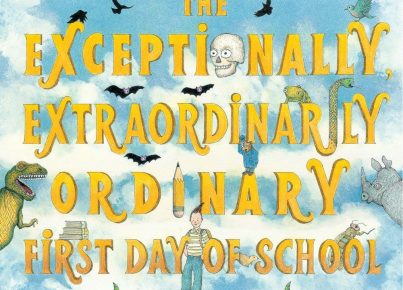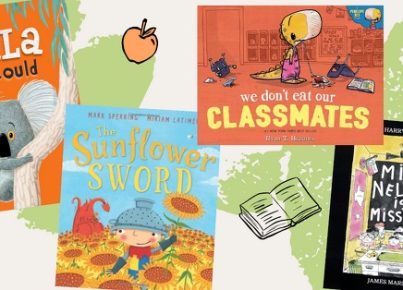Engaging students in the world of books and encouraging a lifelong love for reading is a challenge educators face across all grade levels. Fostering a love of reading in the classroom not only enhances literacy skills but also expands critical thinking, creativity, and overall academic achievement. Here we explore effective strategies to engage students with reading and help them develop a personal love for it.
One key strategy is to provide a diverse range of reading materials that reflect the interests and experiences of all students. This can include books from various genres, cultures, and perspectives. When students see themselves reflected in the stories they read, or when books ignite their curiosity about the world, their engagement naturally increases.
Creating a comfortable and inviting reading environment also plays an essential role in fostering reading engagement. A designated quiet space filled with soft furnishings, adequate lighting, and an array of books can become a haven for students to immerse themselves in reading. This setting helps to establish reading as a rewarding and relaxing activity.
It’s equally important to give students a choice in what they read. Choice empowers students, giving them autonomy over their learning and making reading a more enjoyable experience. When students select books that interest them, they are more likely to be invested in the material and continue reading outside the classroom.
Reading shouldn’t be a solitary experience. Encourage discussion around books through literature circles or book clubs, where students can share their thoughts and opinions with peers. This collaborative environment fosters social interaction and deeper exploration of text.
The integration of technology can also enhance reading engagement. Digital platforms offer interactive e-books, audiobooks, and online literature discussions that can hook tech-savvy learners who might otherwise be reluctant readers. However, it’s crucial to balance digital and traditional print experiences to promote varied forms of literacy.
Finally, educators should model their own love for reading. When teachers share their enthusiasm for books, read aloud with passion, and discuss personal reading experiences, they serve as powerful role models for valuing literature.
Engagement in reading comes from connecting with text in meaningful ways. By offering diverse materials, comfortable environments, choice, collaborative opportunities, technological integration, and adult modeling, educators can create classrooms where students are eager to pick up a book. It’s through these efforts that educators can help build not just competent readers but passionate ones who carry the love of reading throughout their lives.





